Compounds such geosmin, 2-methylisoborneol can result in earthy or musty off-flavors
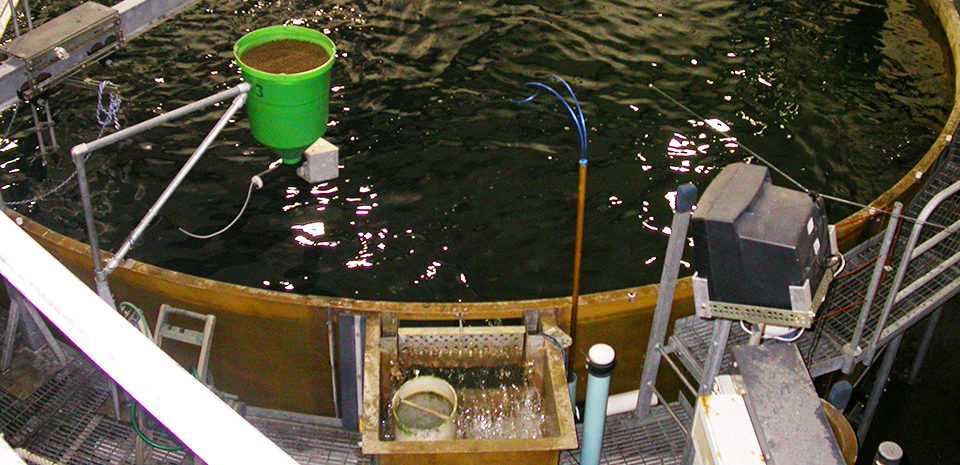
Aquaculture producers typically verify the flavor quality of their products by sensory evaluation before harvesting crops for market. Off-flavors detected in a product may require holding the fish in a purging system containing fresh, clean water to depurate from the fish flesh the compounds causing the undesirable taints.
The adverse impacts of pre-harvest off-flavors in fish cultured in recirculating aquaculture systems (RAS) include the inability to sell the cultured product, loss of market demand due to inconsistent product quality, inhibition of growth into new markets and economic losses associated with delays in stocking a new crop while holding off-flavor fish until flavor quality improves.
Off-flavors in salmonids
Based on recent research, “earthy” and “musty” appear to be the most common off-flavors that occur in the flesh of salmonids such as Arctic charr, Salvelinus alpinus; Atlantic salmon, Salmo salar; and rainbow trout, Oncorhynchus mykiss, raised in RAS.
In one study, a sensory evaluation of over a dozen fillets of RAS-cultured Arctic charr was performed by six trained panelists to identify the types and intensities of any off-flavors present. The panelists followed guidelines provided by the Association of Official Analytical Chemists and found that earthy was the most common, intense and objectionable off-flavor detected in the Arctic charr fillets, while less-intense off-flavors present were described as “ammonia,” “bitter,” “metallic” and “muddy.”
In another study, fillets of Atlantic salmon cultured in RAS were evaluated for flavor quality and determined to possess earthy and musty off-flavors at objectionable intensities, with less-intense off-flavors described as “metallic,” “moldy,” “nutty” and “woody” also present. During studies of the flavor quality of fillets of rainbow trout raised in RAS, objectionable levels of earthy and musty off-flavors have also been detected.
Bioaccumulation
In freshwater aquaculture systems such as earthen ponds and RAS, it has been clearly established that the bioaccumulation of the odorous compounds geosmin and 2-methylisoborneol (MIB) is responsible for earthy and musty off-flavors, respectively. These lipophilic compounds are rapidly absorbed and bioaccumulate in fish flesh by passive diffusion across the gills and uptake across the epithelial lining of the gastrointestinal tract when water containing these compounds is consumed by the fish while drinking or feeding.
Although the compounds are rapidly absorbed by fish, elimination by passive diffusion back across the gills or by metabolism occurs more slowly, depending on conditions such as water temperature and the adipose content of the fish.
In the studies above, instrumental analysis of the sampled fillets confirmed the presence of geosmin and/or MIB. Geosmin and MIB, the most common off-flavor sources encountered in freshwater aquatic animals, have been verified as the cause of earthy and musty off-flavors in a wide variety of cultured products (Table 1).
Schrader, Aquatic products found to reflect off-flavors, Table 1
| Arctic charr* (geosmin) | Atlantic salmon* (MIB, geosmin) |
| Barramundi* (geosmin) | Bream |
| Caviar* | Clams |
| Channel catfish | Coho salmon* (geosmin) |
| Hybrid striped bass (geosmin) | Largemouth bass* (MIB, geosmin) |
| Nile tilapia | Northern Pike |
| Rainbow trout* (geosmin) | Penaeus shrimp |
| Sockeye salmon | Walleye |
| White sturgeon (geosmin) | Yellow perch* (MIB, geosmin) |
Table 1. Aquatic products found to reflect off-flavors due to the presence of geosmin and/or MIB. Verified sources in parentheses.
The presence of many pre-harvest off-flavor compounds, especially geosmin and MIB, in aquaculture systems can be attributed to the actinomycetes, a group of filamentous bacteria, and cyanobacteria (blue-green algae). Geosmin production has also been detected in myxobacteria, certain fungi, liverwort and a free-living Vanella species amoeba, although bacterial symbionts present in the cytoplasm were suspected to be the actual source of geosmin. The production of MIB has also been found in Penicillium species and liverwort.
Although these additional organisms produce geosmin and MIB, the focus of contributors to earthy and musty off-flavors in aquaculture has been on actinomycetes and cyanoabacteria, especially since these microorganisms are abundant in many aquatic ecosystems used for culturing aquatic animals.
Based upon recent studies, actinomycetes are considered the main contributors of geosmin and MIB in RAS. Conversely, cyanobacteria are the main causes of geosmin- and MIB-related off-flavors in catfish cultured in earthen ponds.
In a study, a planktonic MIB-producing cyanobacterial species of Pseudanabaena was isolated from the biofilm of the culture tank of an indoor RAS. However, this was a rare case for indoor RAS because the conditions are usually not suitable for the growth of planktonic cyanobacteria due to limited light availability and the high turbulence and mixing of the water.
Other odorous compounds
In addition to earthy and musty odorous metabolites, a variety of other odorous compounds are produced by various species of actinomycetes (Table 2). However, geosmin and MIB are the only odor compounds confirmed to cause earthy and musty off-flavors in the flesh of aquatic animals cultured in RAS.
Schrader, Odorous compounds, Table 2
| Compound | Odor | Genus/Species |
|---|---|---|
| Cadin-4-ene-1-ol | Woody | Streptomyces |
| Furfural | Putrid | Streptomyces |
| Geosmin | Earthy | Microbispora rosca |
| Micromonospora | ||
| Nocardia | ||
| Streptomyces | ||
| 2-isopropyl-3-methoxypyrazine | Musty | Streptomyces |
| 5-methyl-3-heptanone | Sweet | Streptomyces |
| 2-methylisoborneol | Musty | Actinomadura |
| Nocardia | ||
| Streptomyces | ||
| Mucidone | Weak fruity | Streptomyces |
Actinomycetes are members of gram-positive, filamentous bacteria in the order Actinomycetales. Most actinomycetes are aerobic, although some are facultative anaerobes and anaerobes. They include odor-producing genera such as Micromonospora, Nocardia and Streptomyces.
The genus in which many odorous compounds, including geosmin and MIB, have been identified is Streptomyces. Members of this genus are generally considered aerobic, with some species designated as facultative anaerobes. In the family Streptomycetaceae, Streptomyces are spore-producing heterotrophs that may or may not form aerial mycelia or produce pigments.
Colonies of Streptomyces species that produce aerial mycelia on agar plates typically have a “chalky” appearance. Spores that form on the bacterial filaments usually occur in chains of various lengths and morphologies that can aid in their presumptive identification. A list of the species of actinomycetes that produce geosmin and MIB off-flavors in fish raised in RAS is provided in Table 3.
Schrader, Actinomycetes, Table 3
| Species | Compound |
|---|---|
| Nocardia asteroides | MIB |
| Nocardia cummidelens | Geosmin |
| Nocardia fluminea | Geosmin |
| Nocardia salmonicida | Geosmin |
| Streptomyces albidoflavus | Geosmin |
| Streptomyces cyaneofuscatus | Geosmin |
| Streptomyces krainskii | Geosmin |
| Streptomyces luridiscabiei | Geosmin |
| Streptomyces roseoflavus-like | Geosmin, MIB |
| Streptomyces thermocaboxydus-like | Geosmin, MIB |
From the studies mentioned, the sources of the less-intense objectionable off-flavors remain unknown at present. The moldy and muddy descriptors are likely due to the presence of geosmin and/or MIB. The nutty off-flavor is possibly feed-related in origin, while the woody off-flavor was believed by the panelists to be due to the combination of the characteristic “fishy” or “oily” flavor of the salmon with the presence of MIB in the fish flesh at levels near the human sensory detection threshold.
(Editor’s Note: This article was originally published in the July/August 2013 print edition of the Global Aquaculture Advocate.)
Author
-
Kevin K. Schrader, Ph.D.
U.S. Department of Agriculture
Agricultural Research Service
Natural Products Utilization Research Unit
National Center for Natural Products Research
P. O. Box 8048
University, Mississippi 38677-8048 USA[118,111,103,46,97,100,115,117,46,115,114,97,64,114,101,100,97,114,104,99,115,46,110,105,118,101,107]
Tagged With
Related Posts
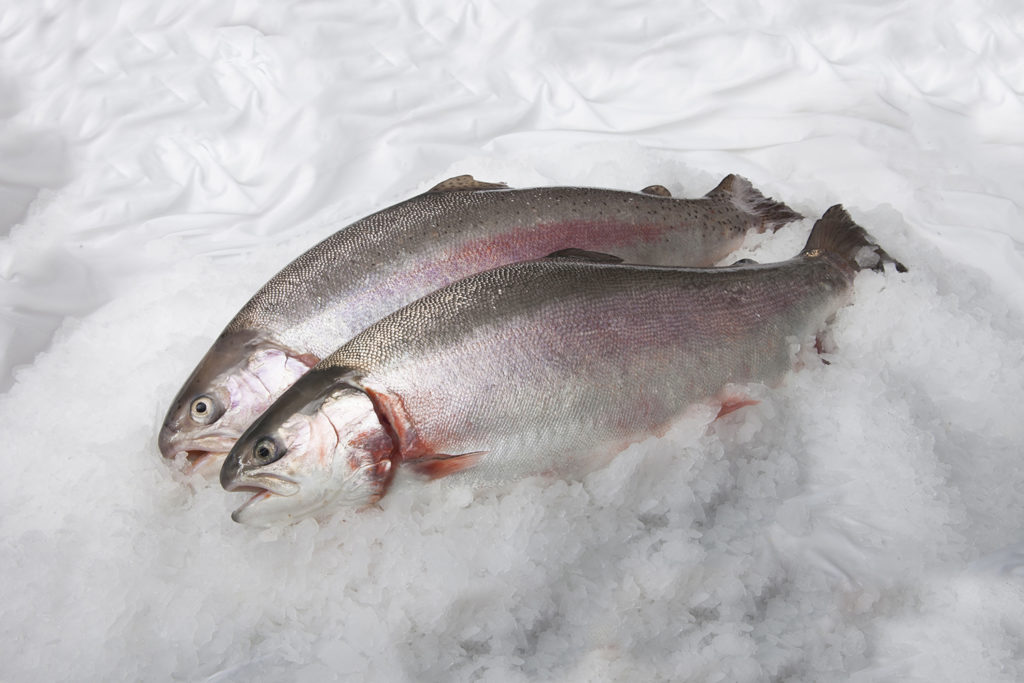
Innovation & Investment
Developments in closed-containment technologies for salmonids, part 1
The recent 2017 Aquaculture Innovation Workshop in Vancouver brought together numerous stakeholders involved in and interested in fish farming – particularly salmonids – in the growing industry of closed-containment systems.
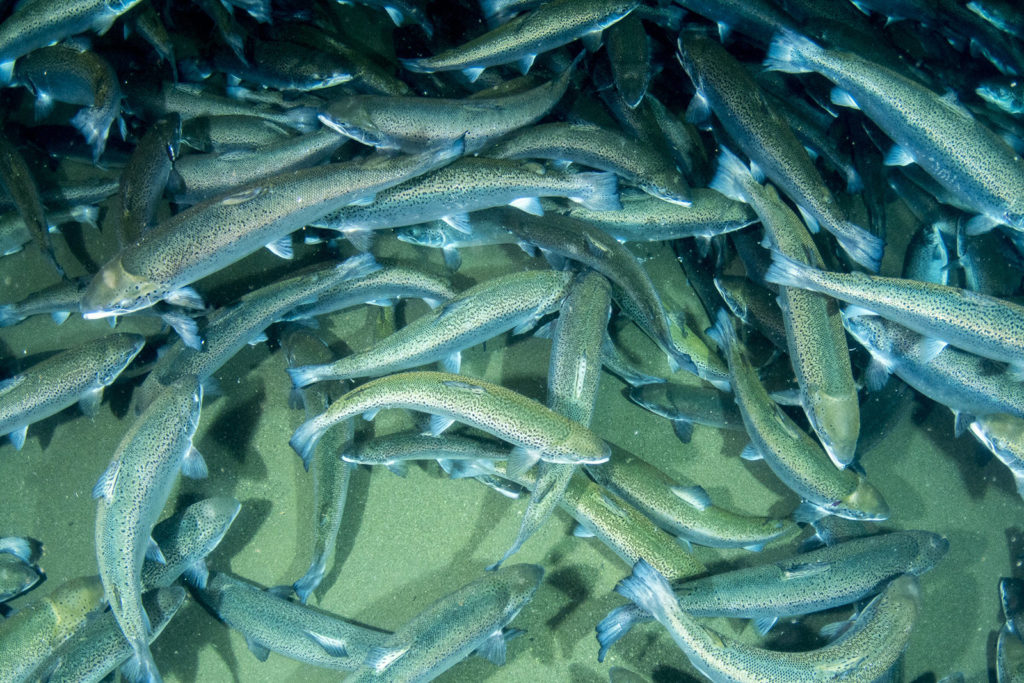
Innovation & Investment
Developments in closed-containment technologies for salmonids, part 2
In the second of a two-part series, Steven Summerfelt discusses various efforts to improve knowledge of closed-containment systems, innovations in fish feed and presents comprehensive concluding remarks.
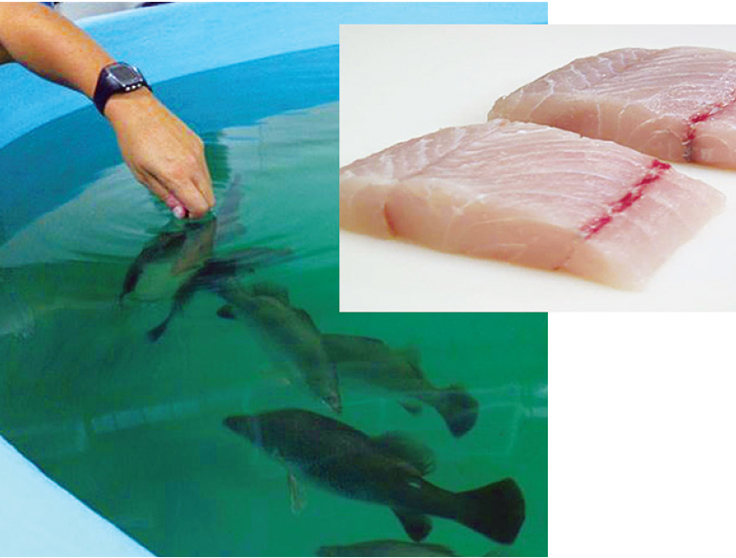
Intelligence
Adding flavor complexity to farmed barramundi
Organoleptic attributes such as flavor and aroma are among the most important factors that influence consumer acceptability and demand for fish products. Consumers have identified farmed fish as less complex and lacking “sealike” or “sea-fresh” flavors and aromas.
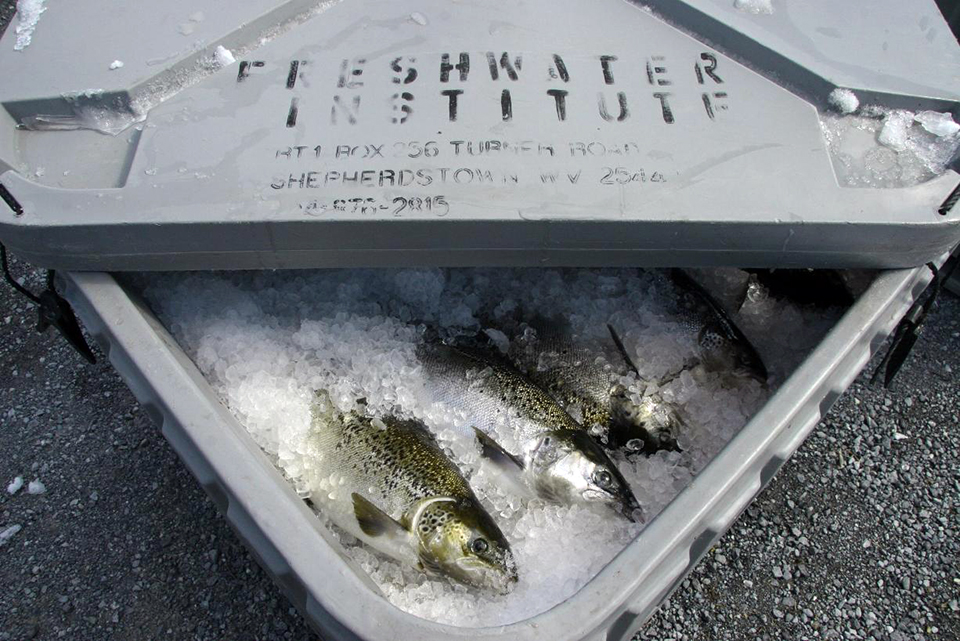
Innovation & Investment
Optimizing depuration of salmon in RAS
A study to evaluated operating practices and system designs that could potentially enhance depuration of off-flavors from Atlantic salmon cultured in a semi-commercial-scale freshwater recirculating aquaculture system.


